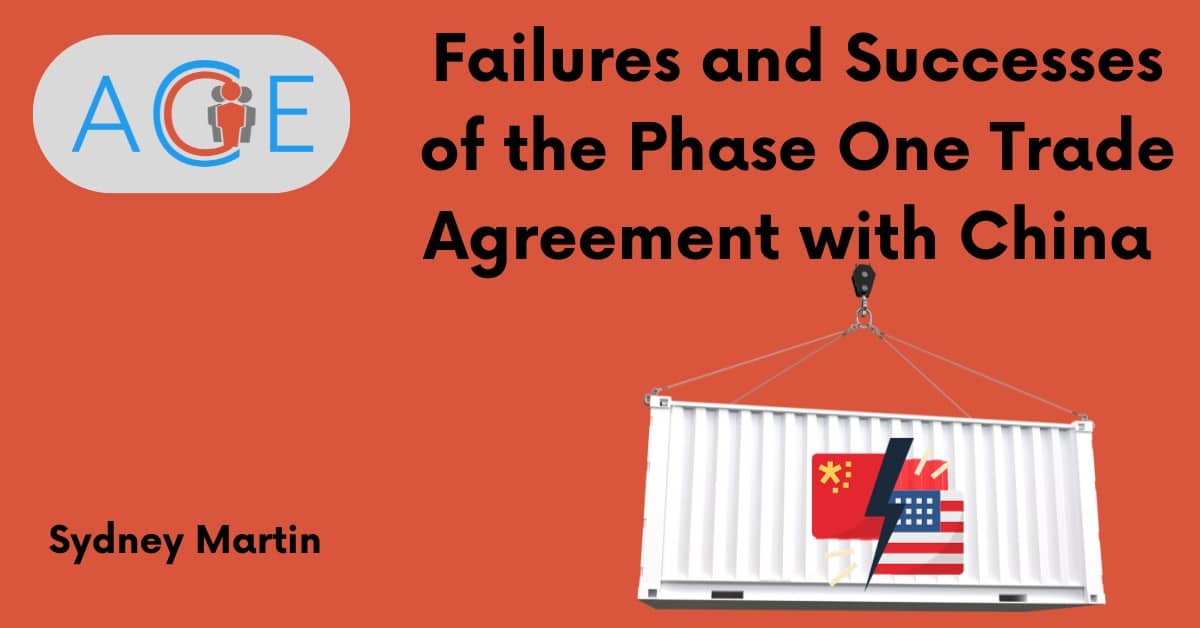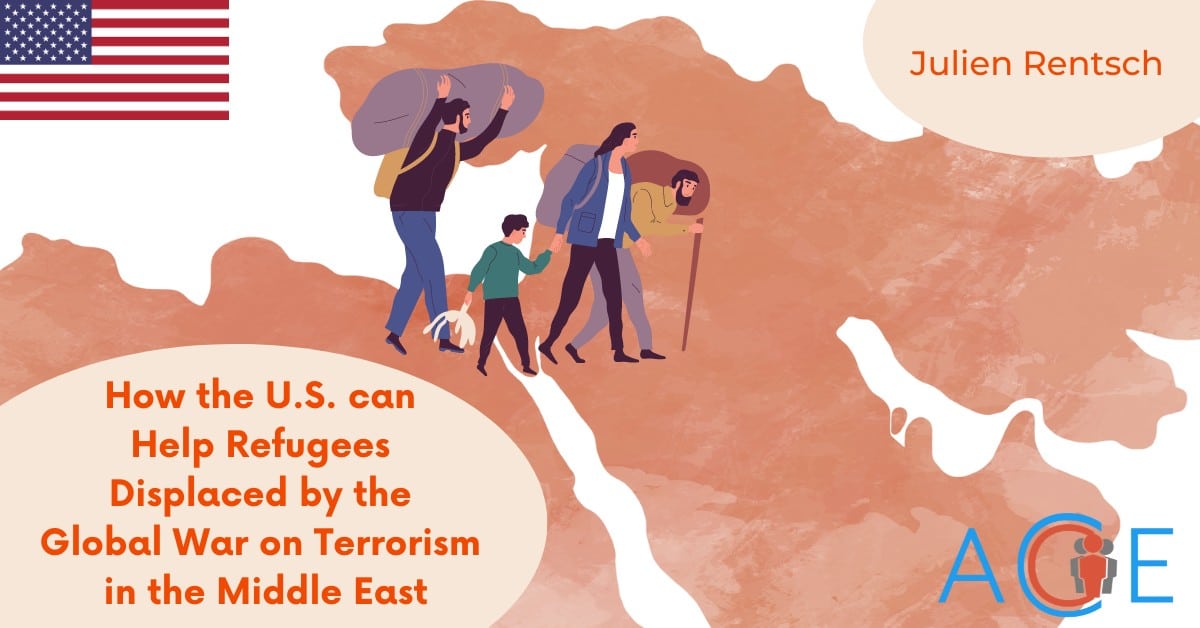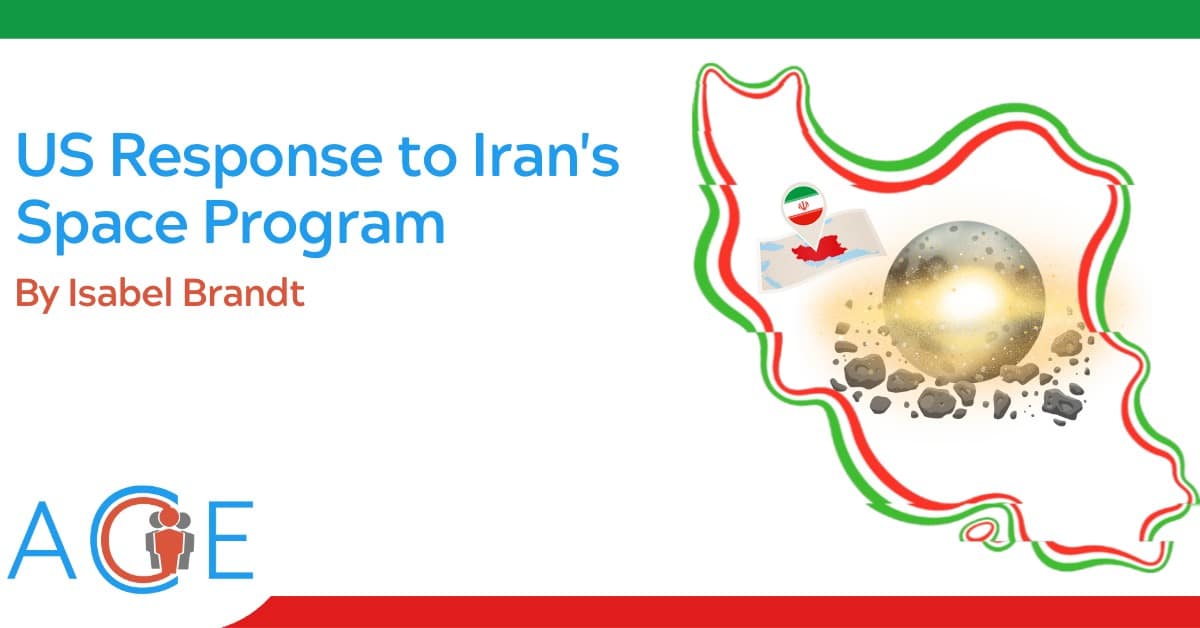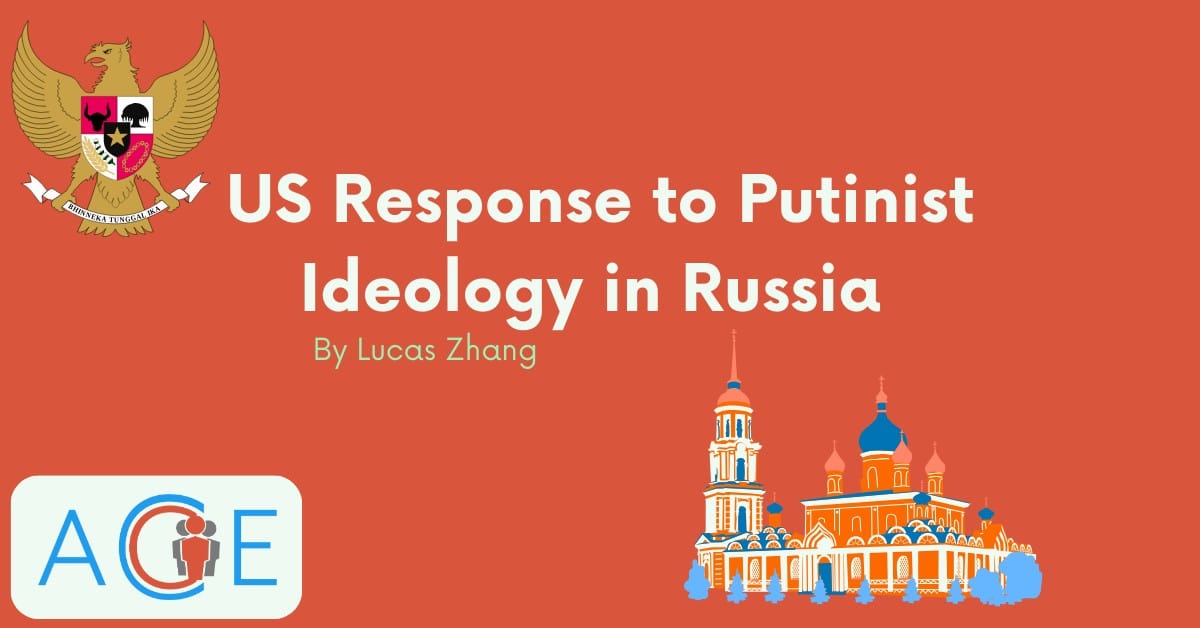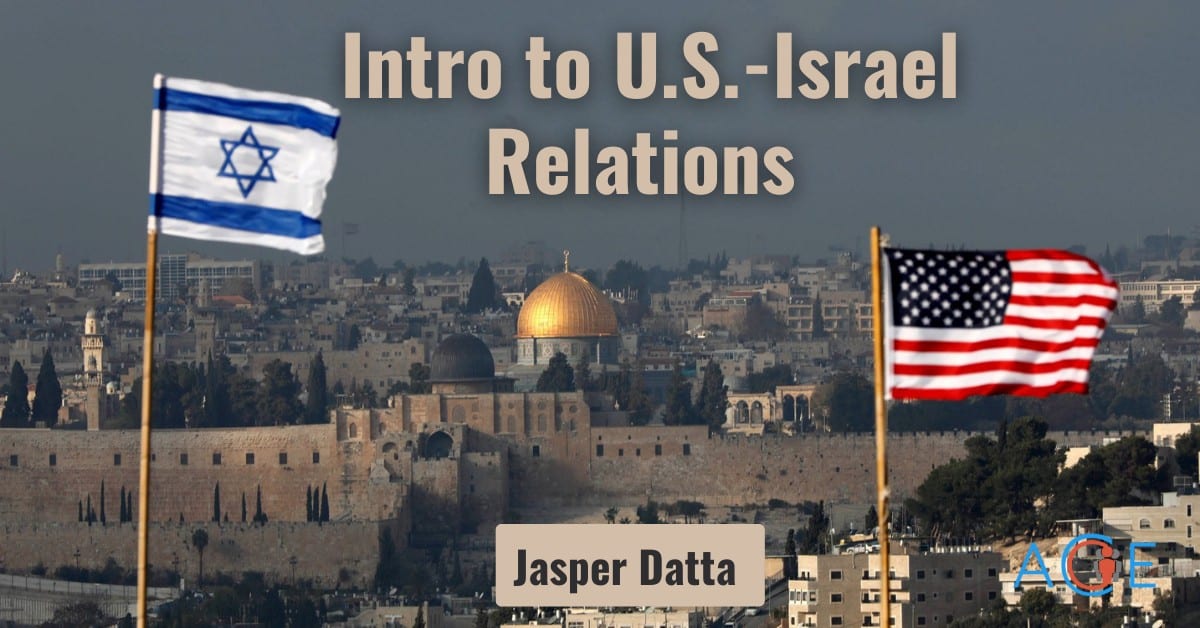Introduction
The development of renewable energy sources like electric vehicle (EV) batteries and wind turbines, crucial for transitioning away from fossil fuels and achieving the Paris Agreement goals, depends heavily on critical minerals and rare earth elements. China, Chile, and Argentina are key suppliers, mining these minerals to meet current global demands. Notably, South America holds about 75% of the world’s lithium, essential for EV batteries.
However, the demand for these critical minerals is projected to increase sixfold by 2040. This surge in demand extends beyond lithium to other minerals like manganese and gold. In response, private companies and governments are exploring new sources, including the ocean floor. The Pacific Ocean, in particular, is believed to be a rich source of these minerals, attracting the interest of some Pacific Island nations looking to develop mining sites within their territorial waters.
International Regulation of Deep-Sea Mining
The interconnected nature of the world’s oceans means that currents can transport pollution far from its original source. This global interconnectivity underscores the need for an international regulatory framework to govern deep-sea mining, as decisions made by one country could affect the health of oceans worldwide. In response to this need, the International Seabed Authority (ISA), responsible for overseeing the United Nations Convention on the Law of the Sea (UNCLOS) provisions related to seabed minerals, convened in Kingston, Jamaica, in July 2023. This meeting was critical, as the existing regulations on deep-sea mining had expired that month.
During the conference, member nations agreed on a two-year roadmap to establish deep-sea mining regulations, with a target to finalize these rules by July 2025. However, it’s important to note that this timeline is not legally binding. The United States, which is not a signatory to the UNCLOS, did not participate in this conference. This meeting in Kingston marks a significant step towards regulating deep-sea mining activities, reflecting the growing global recognition of the need to manage these resources responsibly.
Pros & Cons of Deep-Sea Mining
Deep-sea mining, particularly for polymetallic nodules rich in manganese and other minerals essential for renewable energy technologies, is a topic of significant controversy. These nodules, found on the ocean floor, are targeted for extraction to support the growing demand for renewable energy resources. Private companies are investigating various technologies for this purpose, including large seabed vacuums and traditional drilling methods.
However, the environmental impact of mining the ocean floor is a major concern, with the effects on marine ecosystems largely unknown. Scientists and environmental organizations like Greenpeace have raised alarms about the potential harm to marine life, including species and plants that have not yet been discovered or studied. The disturbance caused by seabed mining could have far-reaching implications for biodiversity and ecological balance in the oceans.
Additionally, there are concerns related to climate justice, particularly regarding the maritime heritage of Pacific Island nations. While some Pacific Island nations initially spearheaded efforts to develop deep-sea mining, others, like Vanuatu, have voiced opposition. These nations worry about the disruption of their maritime environment and heritage, which are integral to their cultural and economic well-being. This division highlights the complex ethical, environmental, and economic dimensions of deep-sea mining and the need for careful consideration and international collaboration in decision-making processes.
Ireland, Sweden, New Zealand, and several other countries have advocated for a moratorium on deep-sea mining until more clear and comprehensive regulations are established. This stance reflects growing concerns about the environmental impacts and regulatory uncertainties associated with extracting minerals from the ocean floor. Additionally, some European scientists suggest that the current demand for critical minerals necessary for renewable energy technologies can be satisfied through existing mines and enhanced recycling efforts. This perspective emphasizes the potential of sustainable practices and alternative sources over the relatively unexplored and potentially harmful method of deep-sea mining.
In the automotive industry, major companies like BMW, Mercedes-Benz, and the Volkswagen Group, all of which require critical metals for the production of electric vehicles, have publicly opposed deep-sea mining. In 2021, these automakers, as members of the Initiative for Responsible Mining Assurance, committed to sourcing minerals only from mines that adhere to certain environmental standards. This commitment is part of their broader strategy to limit the negative environmental impacts of their supply chains, especially in the context of the increasing demand for electric vehicles and the critical minerals they require.
These developments highlight a growing international consensus on the need for responsible and sustainable mining practices, with a particular focus on protecting marine ecosystems and ensuring ethical supply chains in industries reliant on critical minerals.
Proponents of deep-sea mining advocate that extracting metals from the ocean floor can be conducted in a responsible manner and is essential for reducing reliance on China’s mineral supplies. This stance is particularly relevant for countries seeking to diversify their sources of critical minerals and mitigate economic risks.
The United States and the European Union have both formulated strategic plans aimed at lessening their dependence on China for these essential minerals. This initiative is partly fueled by concerns over China’s control over the global supply of rare earths and other critical minerals. An illustrative example of the risks associated with over-reliance on China was evident in the aftermath of the U.S. decision to limit exports of semiconductor technology. In response, the Chinese government threatened to restrict exports of gallium and germanium, which are vital for manufacturing computer chips.
In pursuit of supply chain security, the U.S. Department of Commerce has recommended a review of regulations related to offshore drilling and mining. The goal is to expedite the permitting process for extraction projects, thereby enhancing the capacity for domestic production of critical minerals. This approach is seen as a way to achieve greater self-sufficiency and security in mineral supplies, reducing the vulnerability to geopolitical tensions and supply disruptions.
Several governments with identified critical mineral deposits in their territorial waters are showing interest in developing these resources, driven by the potential economic benefits. Norway, for example, has announced plans to develop a vast field of metals in the Norwegian Sea, an area reportedly as large as Germany. The Norwegian government believes that the environmental impact of this project can be minimized and that the extraction of these metals will be beneficial, outweighing potential risks.
The island nation of Nauru has been instrumental in prompting the current review of International Seabed Authority (ISA) regulations on deep-sea mining. This move is part of Nauru’s strategy to engage in a public-private partnership to exploit the mineral resources within its waters. Similarly, leaders of the Cook Islands view deep-sea mining as a significant opportunity to diversify their economy, which is heavily reliant on tourism, and to foster economic growth.
On the other hand, some countries like France and the United Kingdom, although they hold licenses to mine the seabed, have decided not to pursue these mining options at present. This decision reflects the complex balancing act governments face between exploiting underwater mineral resources and considering environmental, economic, and social implications. The varying approaches of these countries highlight the global debate over deep-sea mining and the need for careful consideration of both the opportunities and the challenges it presents.
The Paradox of the Clean Energy Transition
The extraction, refinement, and transportation of critical minerals necessary for manufacturing electric batteries, wind turbines, and other renewable energy technologies present significant environmental challenges. These minerals are indispensable for achieving independence from fossil fuels and mitigating climate change effects caused by greenhouse gas emissions. The United Nations endorses the transition from fossil fuels to renewable energy as a crucial step towards meeting global climate goals.
However, policymakers are faced with the complex task of securing a stable supply of these critical minerals while minimizing the environmental damage associated with their extraction. This challenge is particularly acute in the context of critical mineral extraction methods, including deep-sea mining, which have become points of contention. Governments and environmental groups are divided on the best approach to balance these competing needs.
The debate centers on how to effectively transition to renewable energy sources without exacerbating environmental degradation through the processes involved in obtaining the necessary materials. As the world strives to combat climate change, finding sustainable and environmentally responsible methods of critical mineral extraction remains a crucial, yet contentious, aspect of global environmental and energy policy.


